1. Five Pieces for Violin and Piano, Op. 81: No. 1. Mazurka
Composer: Jean Sibelius
Artist(s): Carlos Damas, Anna Tomasik
2. Five Pieces for Violin and Piano, Op. 81: No. 2. Rondino
Composer: Jean Sibelius
Artist(s): Carlos Damas, Anna Tomasik
3. Five Pieces for Violin and Piano, Op. 81: No. 3. Walzer
Composer: Jean Sibelius
Artist(s): Carlos Damas, Anna Tomasik
4. Five Pieces for Violin and Piano, Op. 81: No. 4. Aubade
Composer: Jean Sibelius
Artist(s): Carlos Damas, Anna Tomasik
5. Five Pieces for Violin and Piano, Op. 81: No. 5. Menuetto
Composer: Jean Sibelius
Artist(s): Carlos Damas, Anna Tomasik
6. Sonatine for Violin and Piano, Op. 80: I. Lento – Allegro
Composer: Jean Sibelius
Artist(s): Carlos Damas, Anna Tomasik
7. Sonatine for Violin and Piano, Op. 80: II. Andantino
Composer: Jean Sibelius
Artist(s): Carlos Damas, Anna Tomasik
8. Sonatine for Violin and Piano, Op. 80: III. Lento – Allegretto
Composer: Jean Sibelius
Artist(s): Carlos Damas, Anna Tomasik
9. Danses Champêtres for Violin and Piano, Op. 106: No. 1
Composer: Jean Sibelius
Artist(s): Carlos Damas, Anna Tomasik
10. Danses Champêtres for Violin and Piano, Op. 106: No. 2
Composer: Jean Sibelius
Artist(s): Carlos Damas, Anna Tomasik
11. Danses Champêtres for Violin and Piano, Op. 106: No. 3
Composer: Jean Sibelius
Artist(s): Carlos Damas, Anna Tomasik
12. Danses Champêtres for Violin and Piano, Op. 106: No. 4
Composer: Jean Sibelius
Artist(s): Carlos Damas, Anna Tomasik
13. Danses Champêtres for Violin and Piano, Op. 106: No. 5
Composer: Jean Sibelius
Artist(s): Carlos Damas, Anna Tomasik
14. Four Pieces for Violin and Piano, Op. 78: No. 1
Composer: Jean Sibelius
Artist(s): Carlos Damas, Anna Tomasik
15. Four Pieces for Violin and Piano, Op. 78: No. 2
Composer: Jean Sibelius
Artist(s): Carlos Damas, Anna Tomasik
16. Four Pieces for Violin and Piano, Op. 78: No. 3
Composer: Jean Sibelius
Artist(s): Carlos Damas, Anna Tomasik
17. Four Pieces for Violin and Piano, Op. 78: No. 4
Composer: Jean Sibelius
Artist(s): Carlos Damas, Anna Tomasik

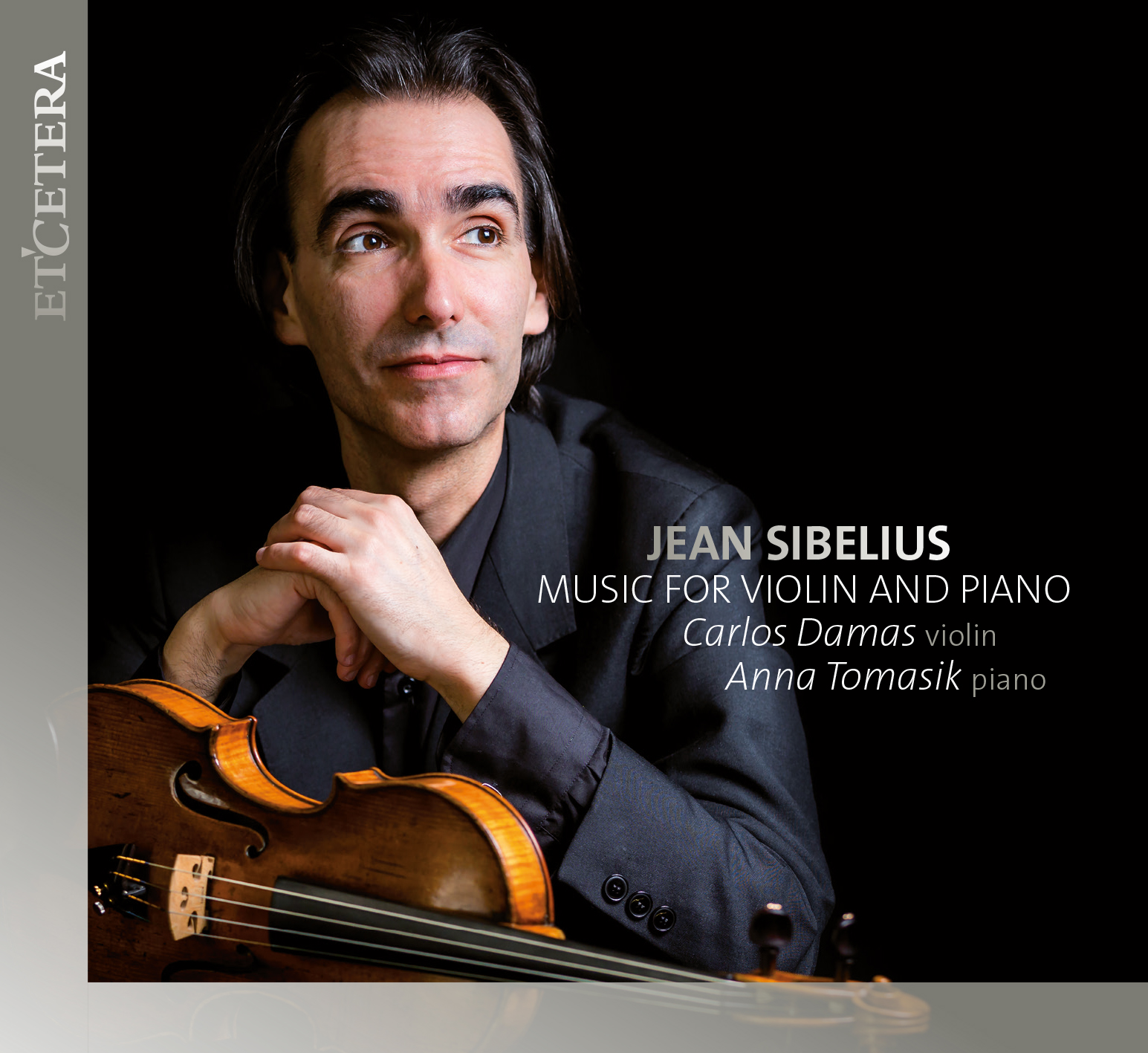
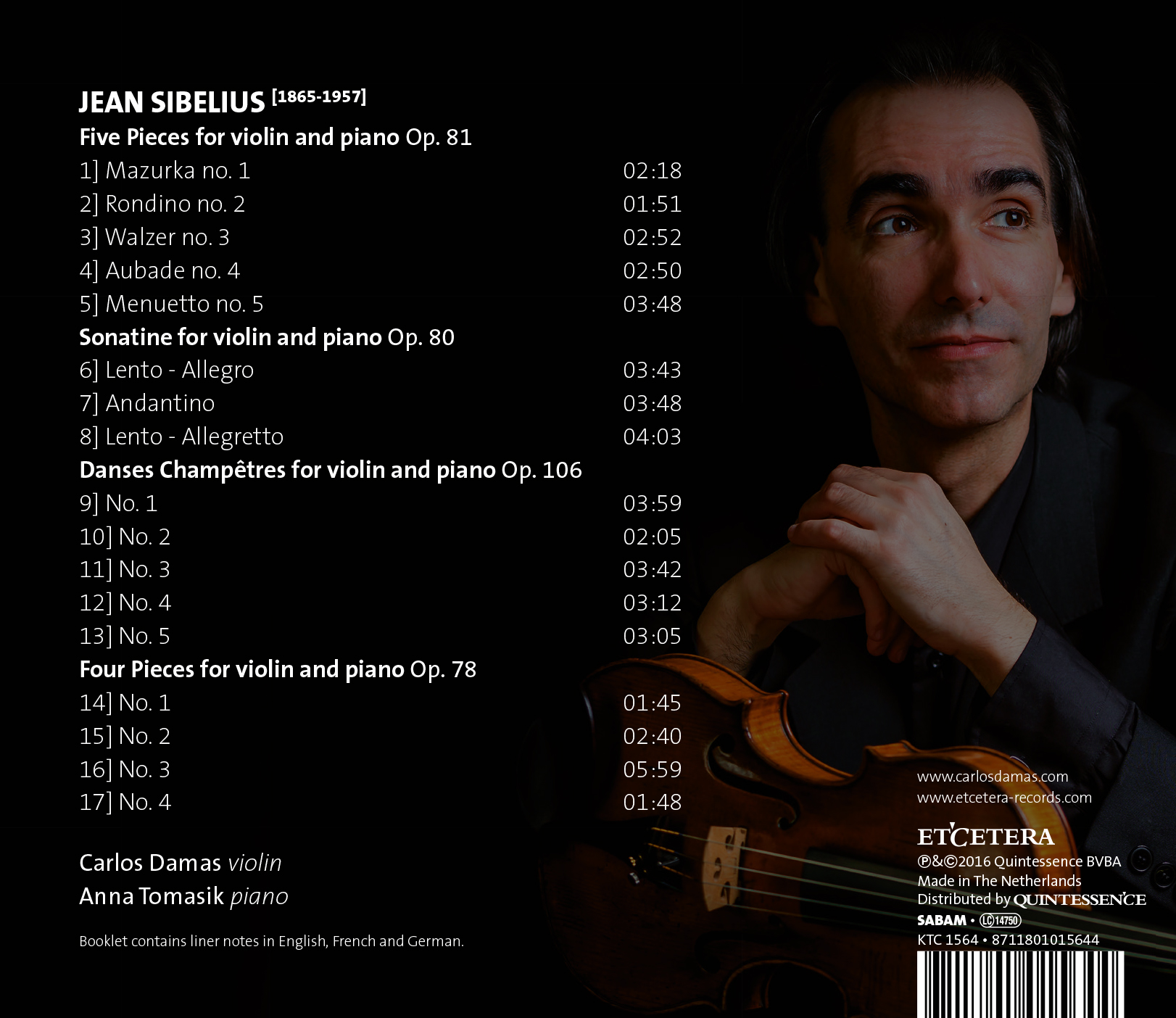

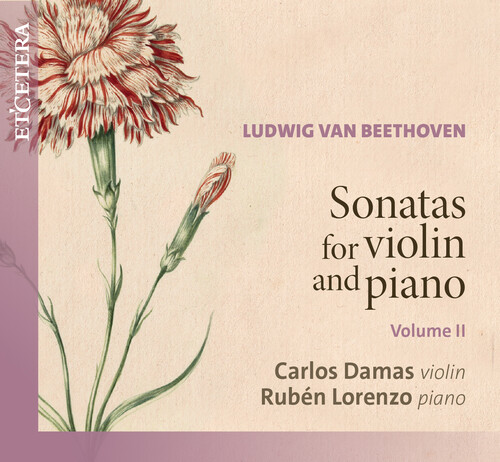

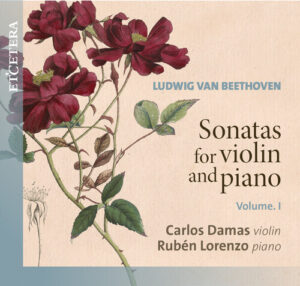
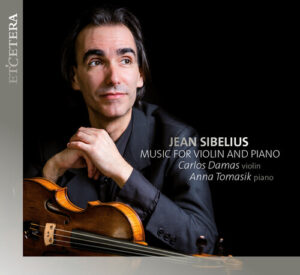
Reviews
There are no reviews yet.